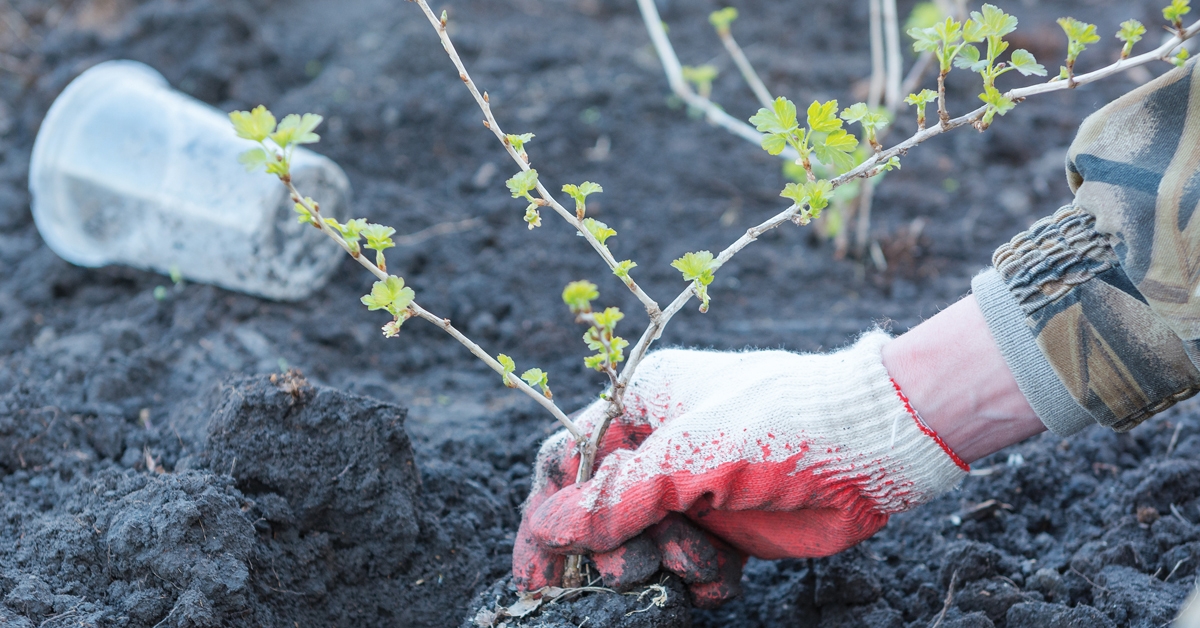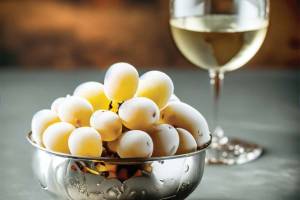Much of Idaho has a dry climate, so gardeners often look to drought-resistant plants to form the backbone of their landscaping. One of the best ways to have a garden that is hardy, disease resistant, and willing to grow in a dry climate is to use native plants.
Unlike exotics, which have been the prime source of plants in nurseries, natives have developed over eons to match the climate. Today, more and more nurseries are turning to native plants to satisfy customers.
The University of Idaho has a wealth of information to share with gardeners and landscapers. Their website is easy to access, and if you type in “native plants” for dry climates, you will find a long list of plants to consider.
The website emphasizes that natives generally require less water and maintenance and are uniquely adapted to our very dry summer months with little rainfall and low humidity.
In addition, the U of Idaho’s research station in Aberdeen (near Pocatello) has been working on a long-term project developing landscape-worthy native plants for water conservation.
“We’re on the front edge of what will be a water availability problem in the future,” said Stephen Love, a staff member of the research center. “When you look at the population centers in the arid western states, you can see water will become increasingly important.”
In Idaho, a huge portion of our water comes from the Snake River aquifer, and that water is essentially “spoken for” in terms of current agricultural and city water use. So, moving to more water-efficient landscaping just makes sense.
“When people think of drought-tolerant plants they often envision sagebrush. But there are other really beautiful native plants that aren’t sagebrush,” said Love. “Plants like Rocky Mountain Maple, currants, oakleaf sumac, penstemon, rabbitbrush coneflower, daisy varieties, and many others are beautiful garden and landscape plants.”
The research station staff collect native plants, domesticating them by growing them in a nursery setting and selecting the types that meet consumer expectations for landscape material.
“We’ve been working on this project since 2005,” said Love, “and we now have 46 native plant products available through a partnership with Native Roots Nursery in Twin Falls, who markets the plants.”
Love says another important aspect of native plants is the habitat they provide for native insect, mammal, and bird species.
“Native plants are especially important to pollinators,” said Love. “Most of them are very plant-species dependent. Native bees, not European honey bees, pollinating flies, moths, and birds all look to native plant species for survival.”
Unfortunately, about half of the plants listed as invasive exotics in Idaho were originally brought to this country as ornamentals. Exotic species don’t have native insect predators or mammals that eat them to keep them in check, so they quickly adapt to their new environment and spread, limiting the space for natives.
The U of Idaho research station in Aberdeen is hosting a Field Day on June 21, beginning at 1:00 p.m.
Visitors can tour the station and buy plants grown at the Native Roots Nursery. The station is located at 1693 S 2700 W, Aberdeen and is free to the public. This is the perfect opportunity to see native plants and get expert advice, so mark your calendars! ISI










